Bag Filter Housings Manufacturer
Seadon Filtration is an ISO 9001 certified manufacturer specializing in bag filter housings (also known as bag filter vessels), which are vital components for liquid filtration across a range of industries. This certification highlights Seadon’s adherence to rigorous quality management standards, ensuring consistent and reliable production. Bag filter housings are engineered to securely hold filter bags that capture contaminants and impurities, making them essential for industries that require clean, filtered liquid in their processes.
Industries such as chemical processing, water treatment, pharmaceuticals, and food and beverage production depend on bag filter housings to improve operational efficiency and ensure high product quality. By offering reliable and high-performing bag filter vessels, Seadon Filtration helps industries maintain stringent filtration standards, reduce downtime, and protect sensitive equipment.
Seadon Filtration achieves this through advanced manufacturing techniques in our ISO 9001 certified factory, combined with thorough quality control measures. Our bag filter housings are designed for easy installation, maintenance, and compatibility with various filter bag types, ensuring adaptability and durability to meet the specific needs of diverse industrial applications.
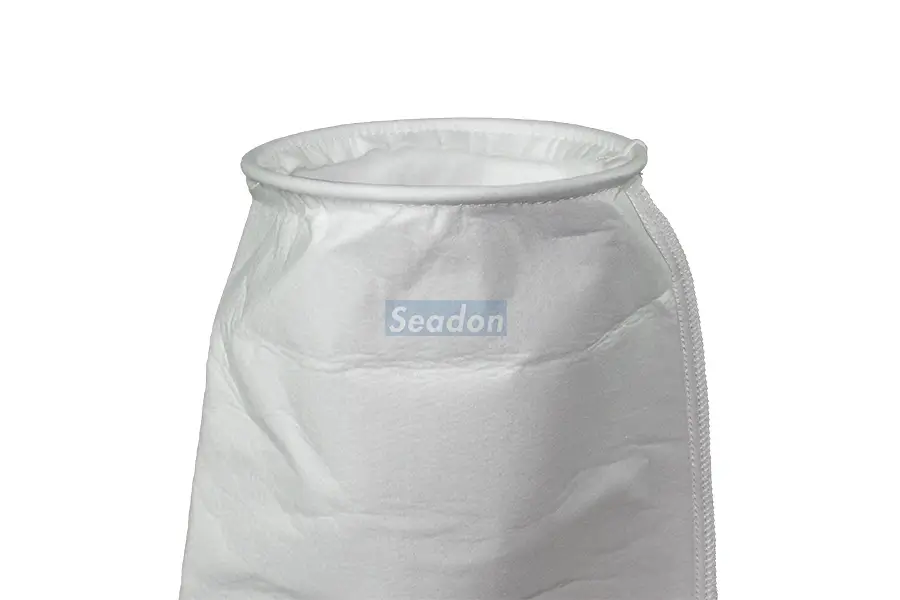
EBS series
Economical side-entry, single bag housing with lightweight clamp closure, rated for 6 bar, suitable for bag sizes #1 to #4 for cost-effective filtration

FBS series
Standard side-entry, single-bag filter housing with an eyebolt closure, rated for 10 bar. Features a cast shell flange, flat cover, and supports bag sizes #1 to #4

CBS series
Standard side-entry, single-bag housing with eyebolt closure, rated for 10 bar, cast shell flange, flat cover, suitable for bag sizes #1 to #4

ETB series
Economical top-entry, single bag housing with eyebolt closure, rated for 10 bar, cast cover, compatible with bag sizes #1 to #4

HTB series
Heavy-duty top-entry, single bag housing with eyebolt closure, rated for 10 bar, cast cover, compatible with bag sizes #1 & #2

SHP series
High pressure single bag housing with eyebolt closure, customized pressure rating, suitable for bag sizes #1 & #2

Duplex series
1+1 bag design increases flow capacity and enables continuous filtration during filter bag change-outs, compatible with all single-bag series configurations

Multi-plex series
3+ bag configuration for continuous filtration, adaptable to higher flow rates and compatible with all single-bag series setups, to be connected with a flanged manifold assembly

DMB series
Standard multi-bag series with 2 to 24 bags, featuring eyebolt closure and davit-lifting cover. 10 bar rating as default, other pressure on request
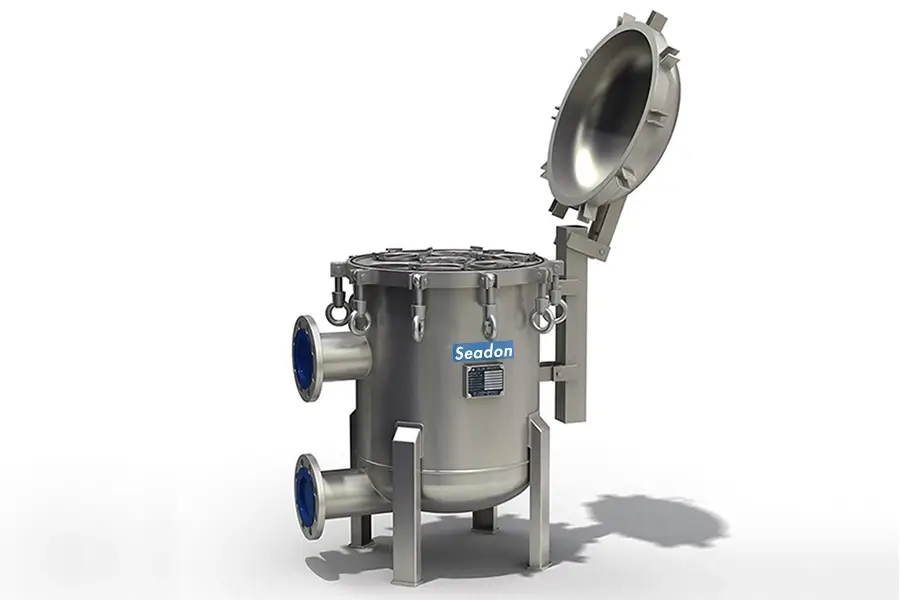
SMB series
Effortless multi-bag series with 2 to 12 bags, featuring an eyebolt closure and user-friendly, spring-assisted lifting cover. Rated at 10 bar, designed for easy operation and maintenance
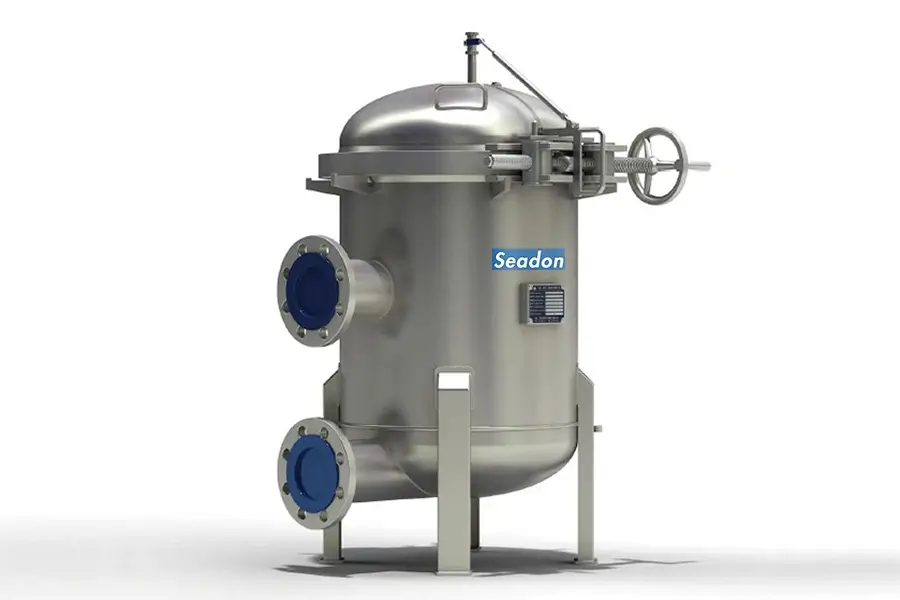
QMB series
Efficient multi-bag series with 2 to 10 bags, featuring a heavy-duty rapid-opening clamp that opens in under 30 seconds, minimizing downtime for quick bag change-outs

X100 series
Plastic single-bag series, an alternative to FSI X100 housing, rated for 10 bar with a threaded lid closure for secure and easy access

PTL series
Plastic convertible filter housings for bag or cartridge use, rated to 10 bar, featuring a threaded lid closure for secure and easy access

PEB series
Plastic convertible filter housings for bag or cartridge use, rated to 10 bar, with an eyebolt closure for secure and easy access

PEBM series
Plastic convertible filter housings with multi elements for bag or cartridge filters, rated to 8 bar, featuring an eyebolt closure

What is the Bag Filter Housing?
A bag filter housing is a type of filtration system used to remove contaminants, debris, and particles from liquids. It consists of a metal or plastic housing that holds one or more filter bags. The bag filter housing directs the liquid through the filter bags, trapping impurities inside while allowing clean liquid to pass through.
What does a bag filter housing consist?
- Cover
- Shell Flange
- Housing
- Lower Head
- Leg
- I/O Ports
- Vent Port
- Drain Port

Types of Connections for Bag Filter Housings
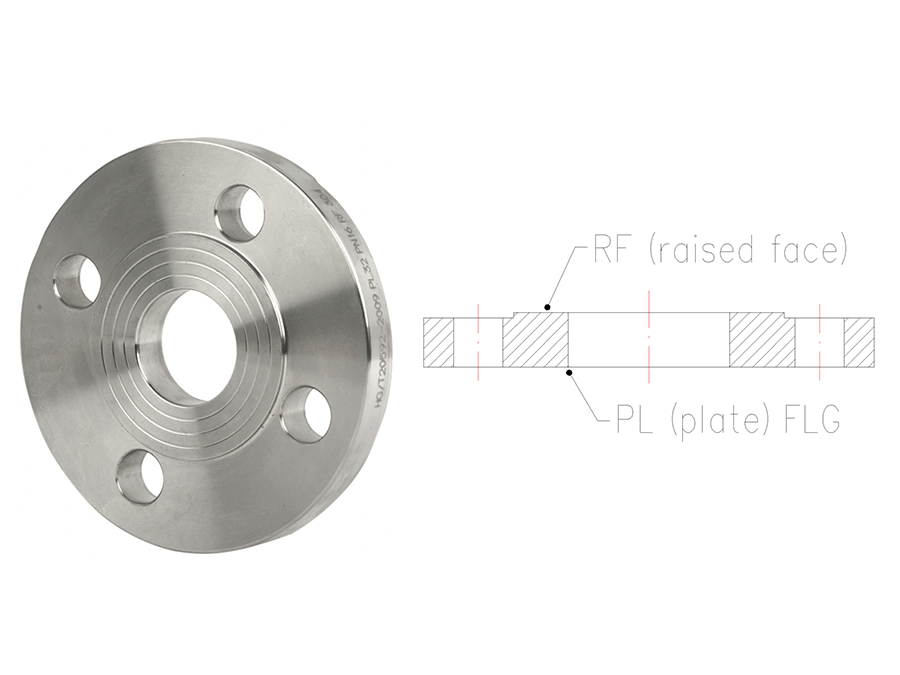
DIN flange
DIN flanges are popular in continental Europe and China, with PL-RF type PN10 flanges commonly used. In China, the standard number for these is HG/T 20592
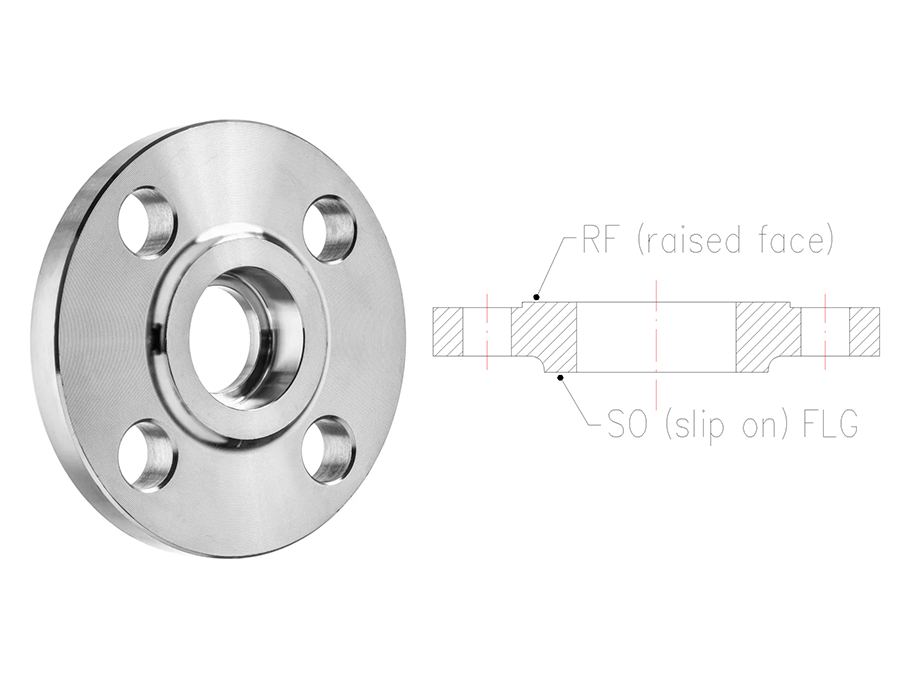
ASME flange
ASME B16.5 flanges are popular in the Americas, the Middle East, and the Australia-New Zealand region, with CLASS 150 SO RF flanges commonly used. In China, the standard number for these is HG/T 20615
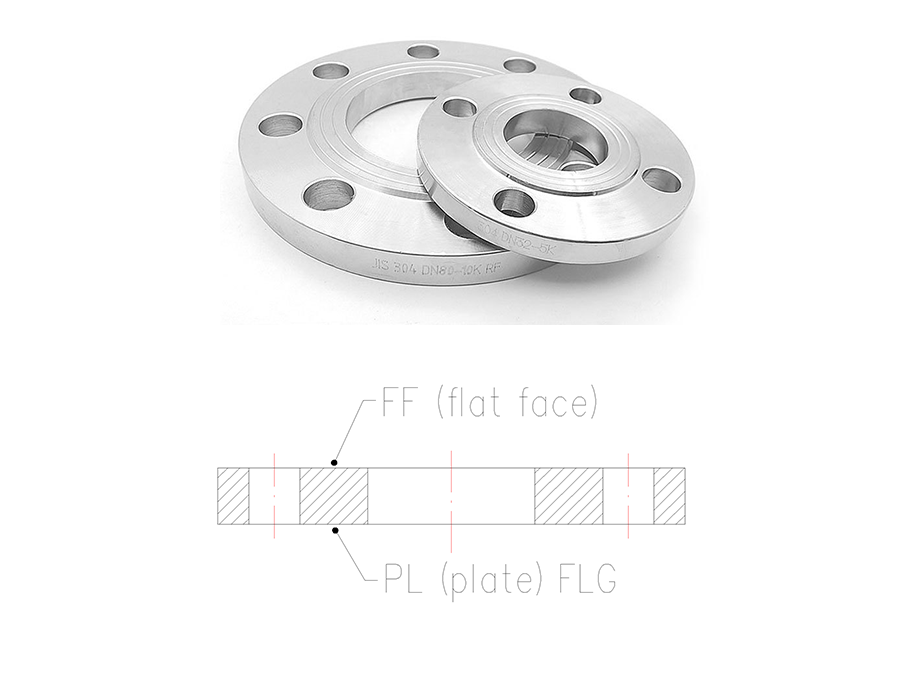
JIS flange
JIS flanges are popular in Japan, South Korea, and some Southeast Asian countries, with 10K RF PL flanges commonly used
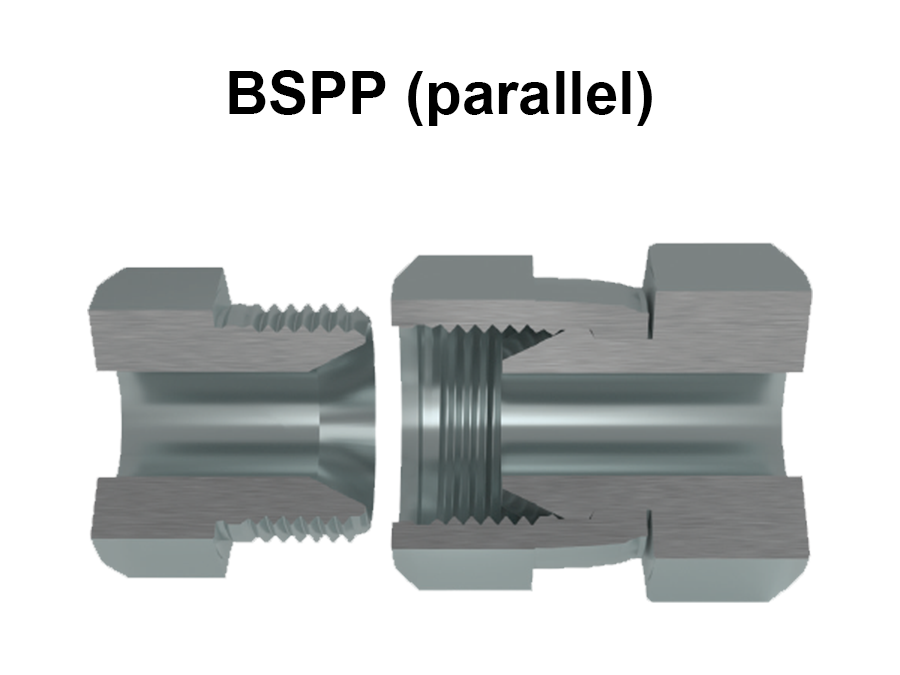
BSPP
BSPP threads are parallel and non-tapered, requiring sealing materials, and are popular in Europe, Asia, and Commonwealth countries
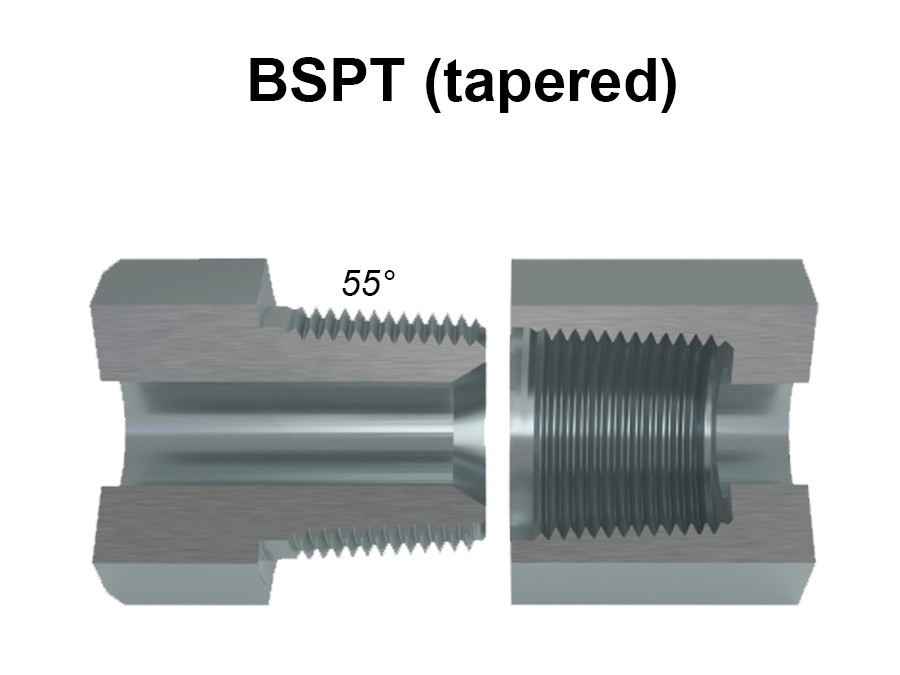
BSPT
BSPT threads are tapered with a 55° angle, designed for pressure-tight seals, require sealing tapes, and are widely used in Europe, Asia, and Commonwealth countries
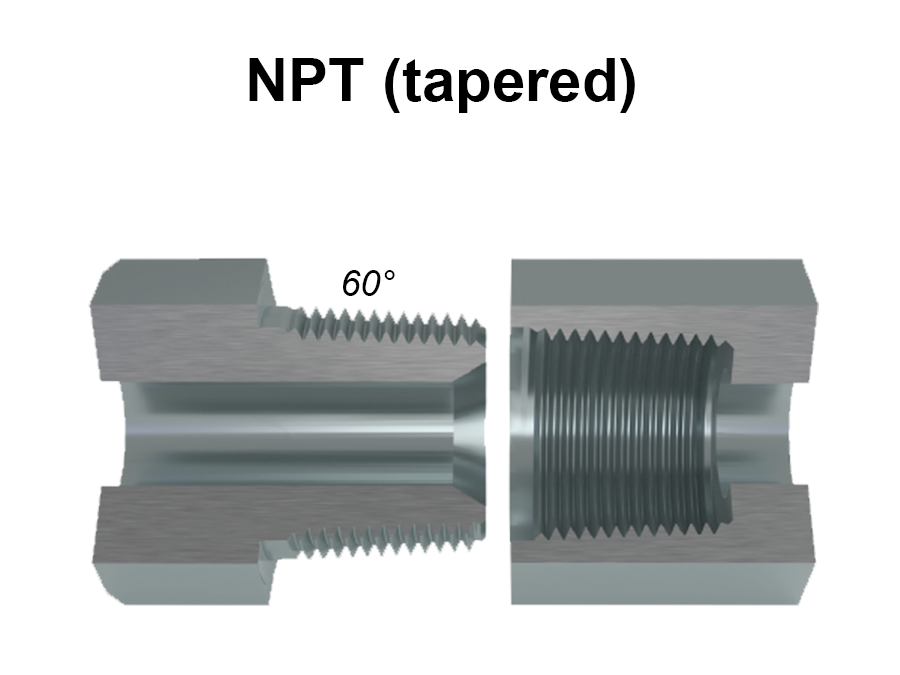
NPT
NPT threads, featuring a 60° taper for a tighter seal, are widely used in North America and among U.S. trade partners. Sealing tape is needed for a leak-proof connection
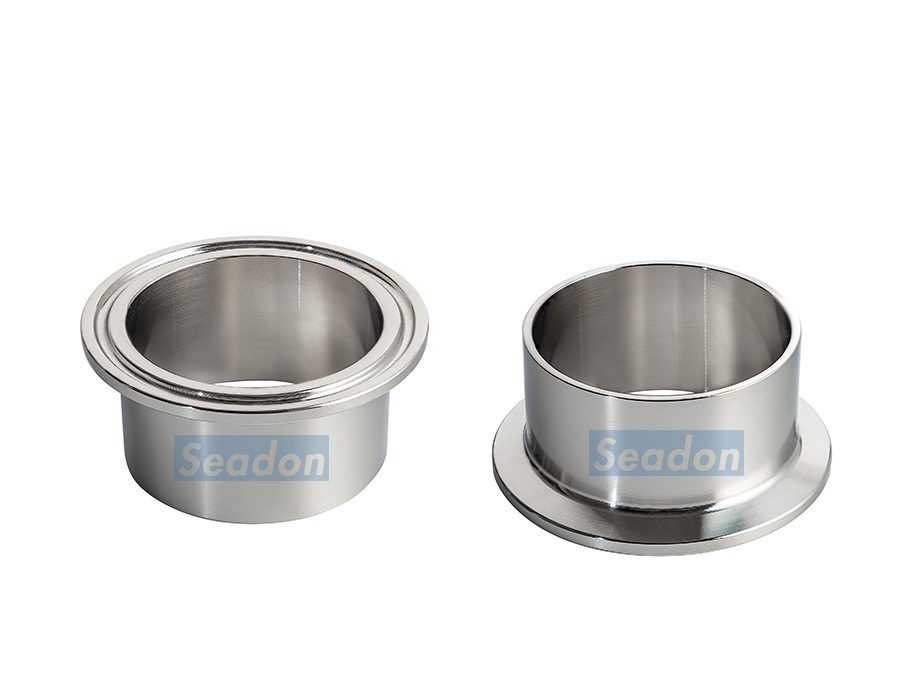
Tri-clamp ferrule
Tri-clamp ferrules are commonly used in sanitary applications due to their ease of quick opening and cleaning. The common standards are ISO 2852 and DIN 32676
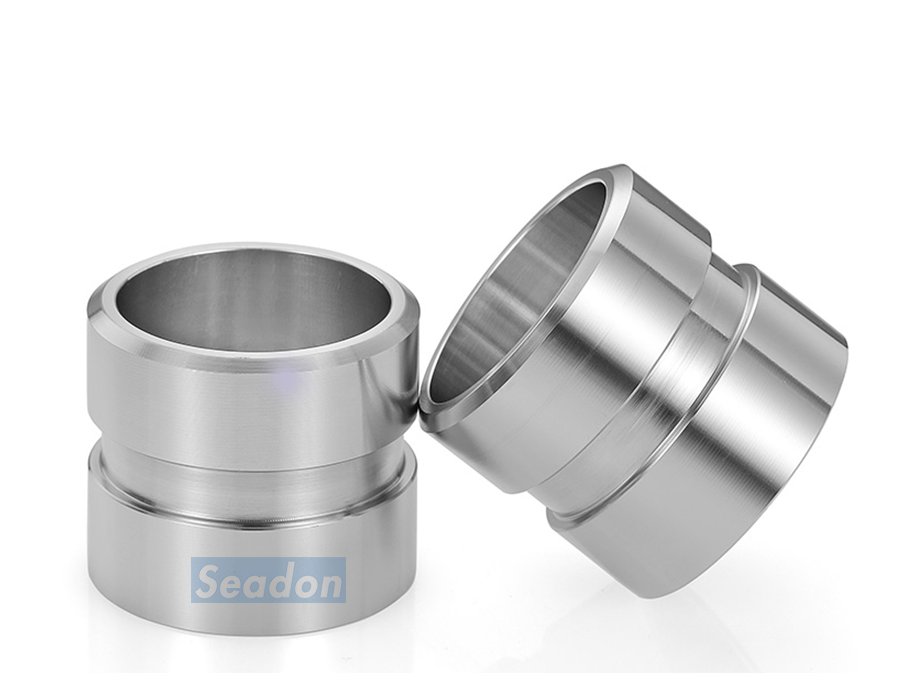
Grooved coupling adapter
Victaulic grooved couplings can be used for quick connections, offering flexibility and reliability
How does it Work?
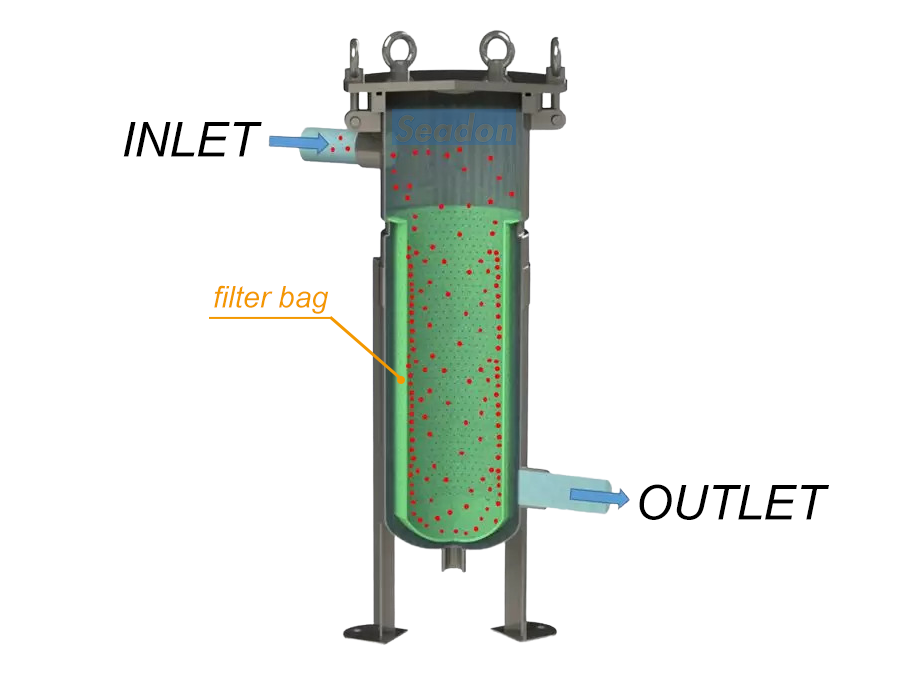
Bag filter housing works by directing liquid through a filter bag inside a vessel. The fluid enters the housing, flows through the bag, which traps dirt and particles, and then exits as clean fluid. When the bag fills up with contaminants, it’s easy to replace with a new one. This setup is simple, effective, and widely used in industries to keep fluids clean and protect equipment.
Sepcifications
Material Options
Stainless Steel
Stainless steel is the most common material for bag filter housings. There are various grades of stainless steel materials.
Most common grades:
- SS-304
- SS-316L
On request grades:
- SS-904L
- SS-2205
- SS-2507
Carbon Steel
Carbon steel is one of the most economical materials, but it can cause severe corrosion during use and is not recommended. It is only used on low budget multi-bag filter housings.
Plastic
The plastic has good corrosion resistance to acidic and alkaline liquids and is available in polypropylene and PVDF.
Comparison Table of Different Materials
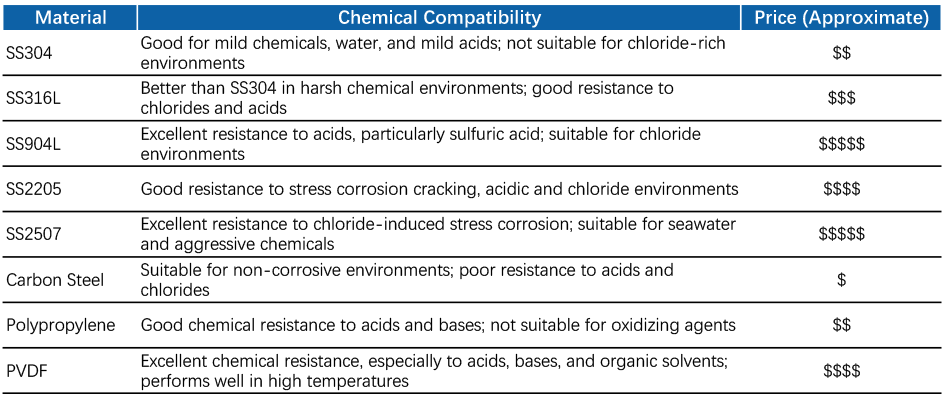
Material Certificates
For Stainless Steel
Standards Implemented
- GB/T 24511-2017
- ASTM A-240/A-240M-2022
- Material Certificate
For Carbon Steel
Standards Implemented
- GB/T 3274-2017
- Material Certificate
For Polypropylene
Standards Implemented
- Q/SH 3155.ZH2.001-2023
- Material Certificate
For PP Filter Housing
Ideal for food and pharmaceutical applications.
Test Standard
- FDA 21 CFR 177.1520
- Material Certificate
Surface Finish Options
What Types of Surface Finishes are Available for Metal Bag Housings?
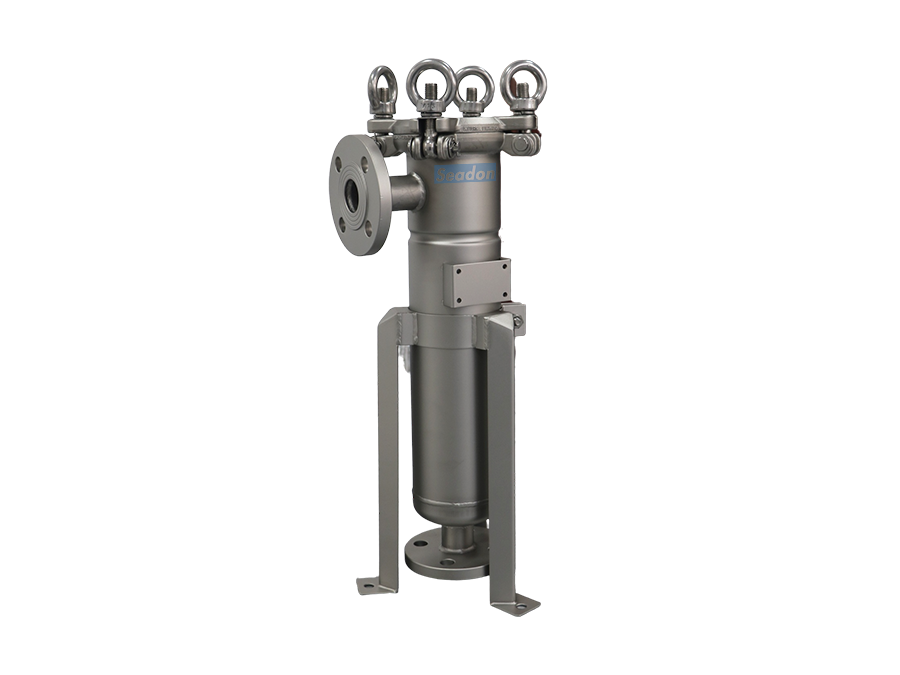
Glass Bead Blasted
The most common and cost-effective way for inside & outside finishes
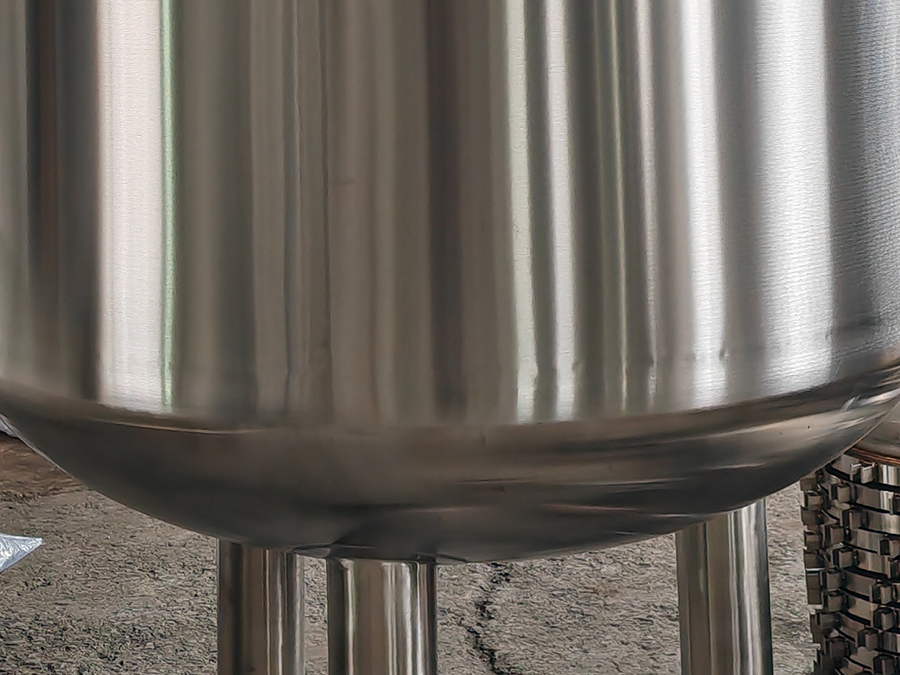
Matt Brushed
Brushed is a matte finish, used only for outside surface
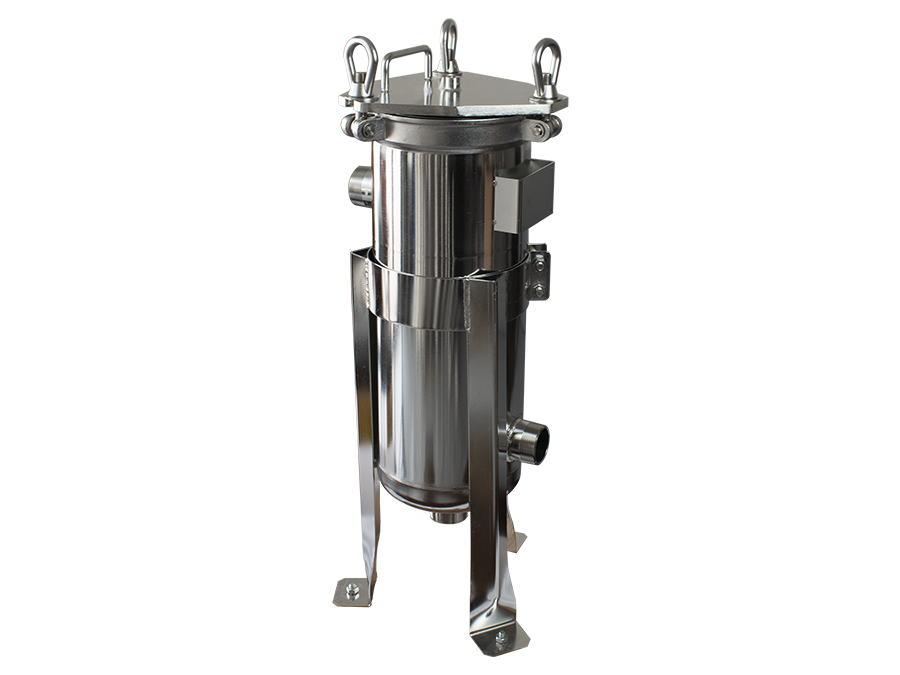
Electro-polished
The most costly, rust-resistant finish is used for inside & outside surface
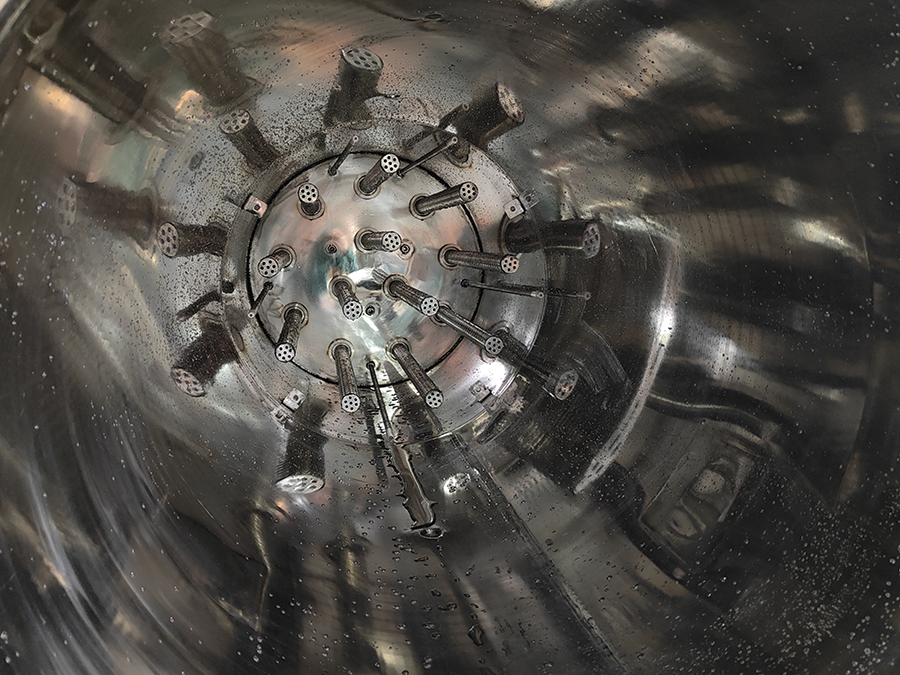
Sanitary Polished
Sanitary polishing of inside surface is ideal for food and pharmaceutical applications (Roughness ≤ 0.4 µm)
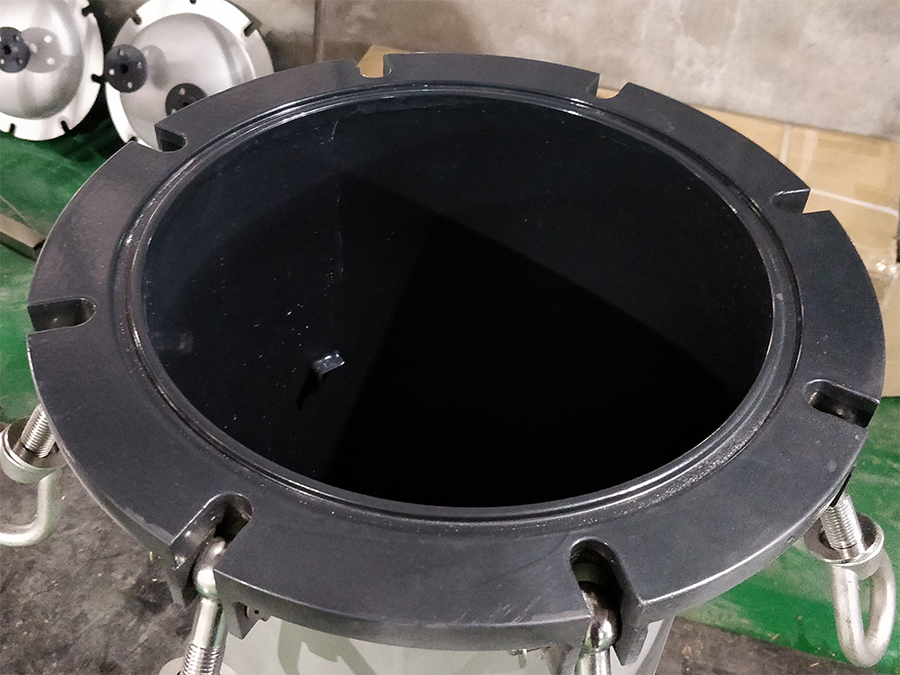
Halar (ECTFE) Coated
Halar is a cousin of Teflon (PTFE). The inside surface of the housing is coated to provide excellent corrosion and temperature resistance
Sizes and Configurations
Different Filter Bag Sizes & Flow Rate for Bag Filter Housings

What are Single Bag Filter Housings?
Single bag filter housings are filtration equipments designed to hold one filter bag to remove particles and contaminants from liquids, and different bag sizes (#1 to #5) can be chosen based on varying flow rate requirements.
What are Multi Bag Filter Housings?
Multi bag filter housings are filtration equipments designed to hold multiple filter bags in one housing, removing contaminants and particulates from liquids. To increase flow rate, more bags can be added, allowing a max. flow rate of up to 960 CMH.
Inlet & Outlet Configurations
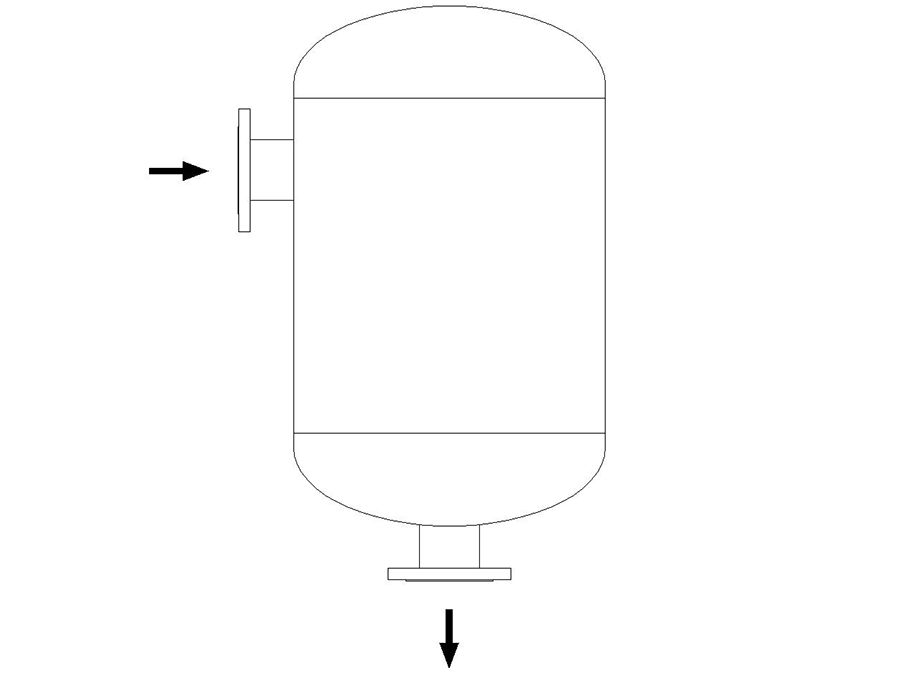
Side-In & Bottom-Out
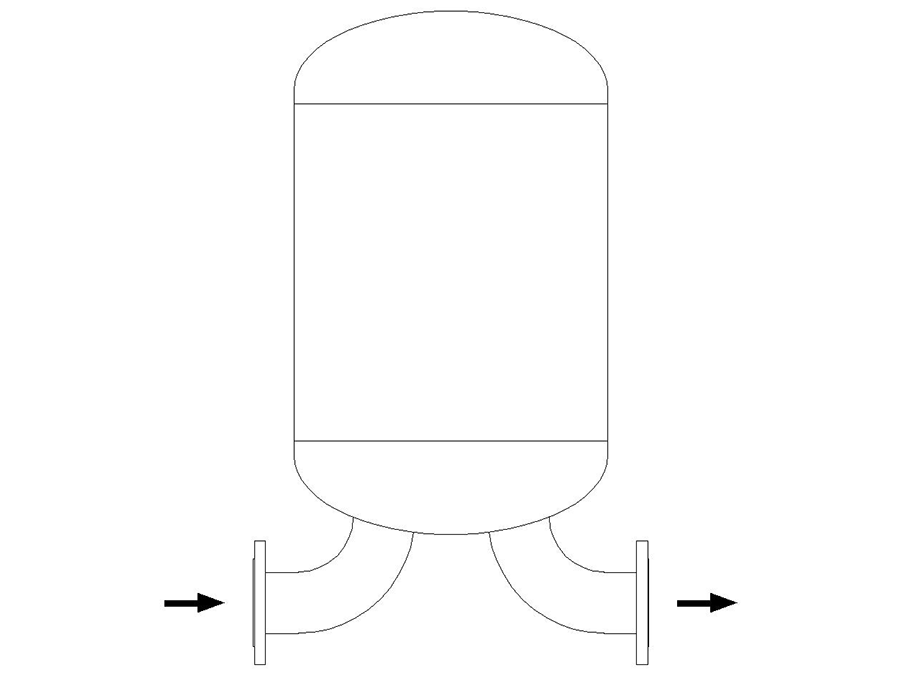
Bottom-In & Bottom-Out
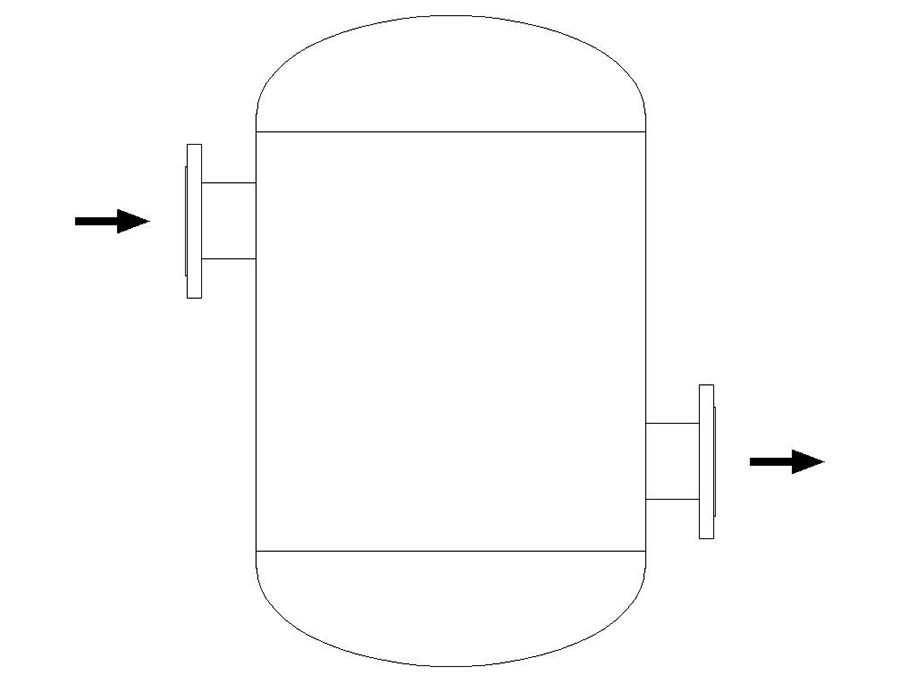
INLINE: Side-in & Side-out
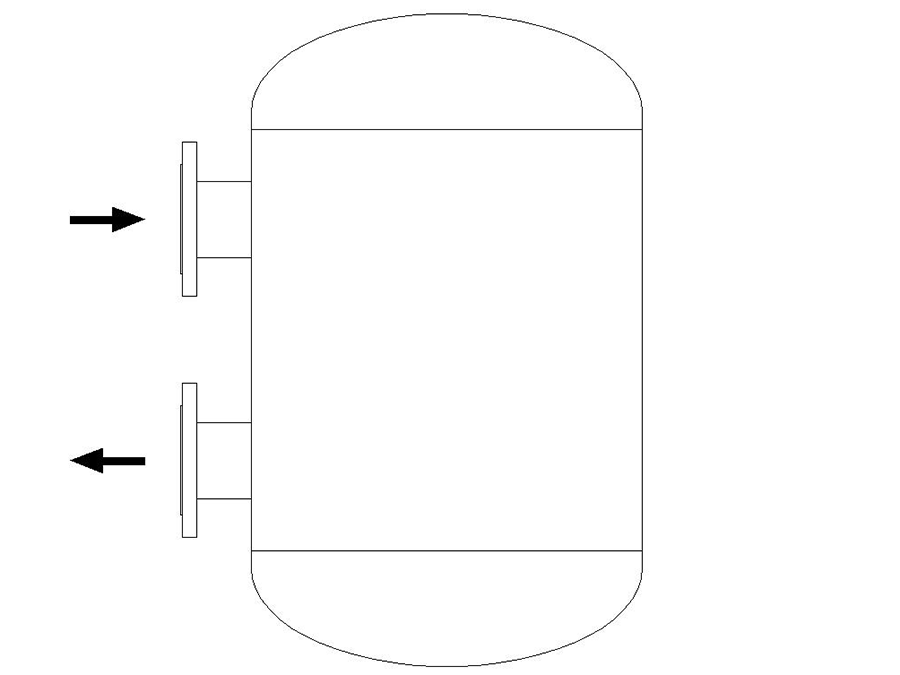
LOOP: Side-in Side-out
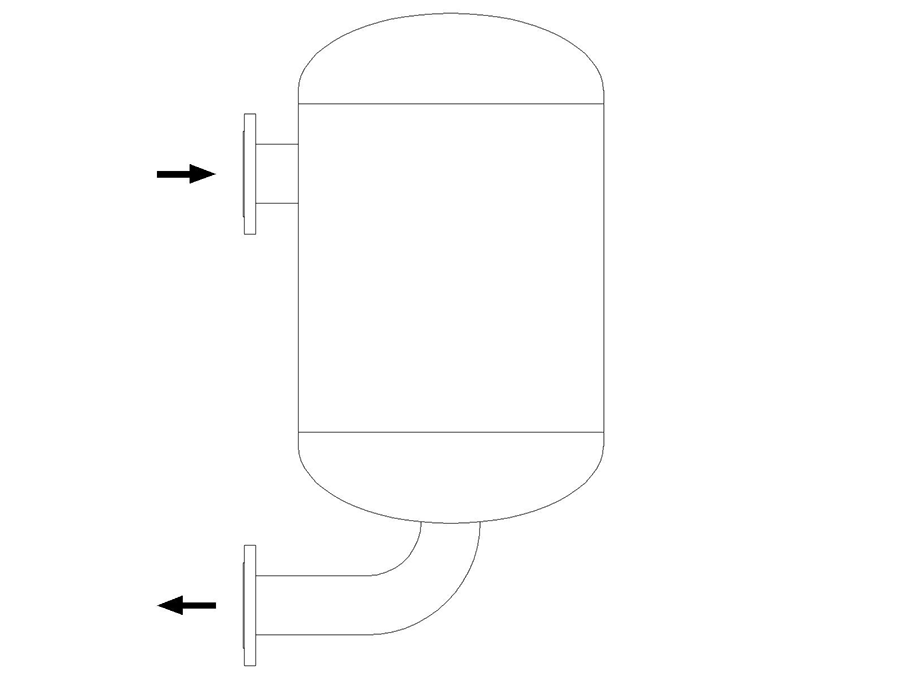
INLINE: Side-in & Bottom-Elbow-Out
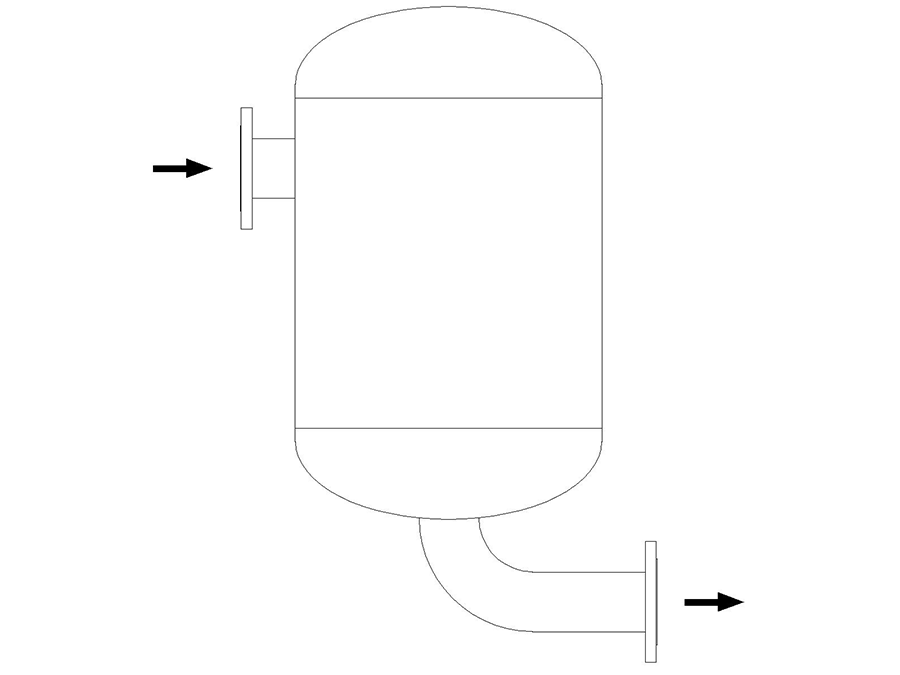
LOOP: Side-in & Bottom-Elbow-Out
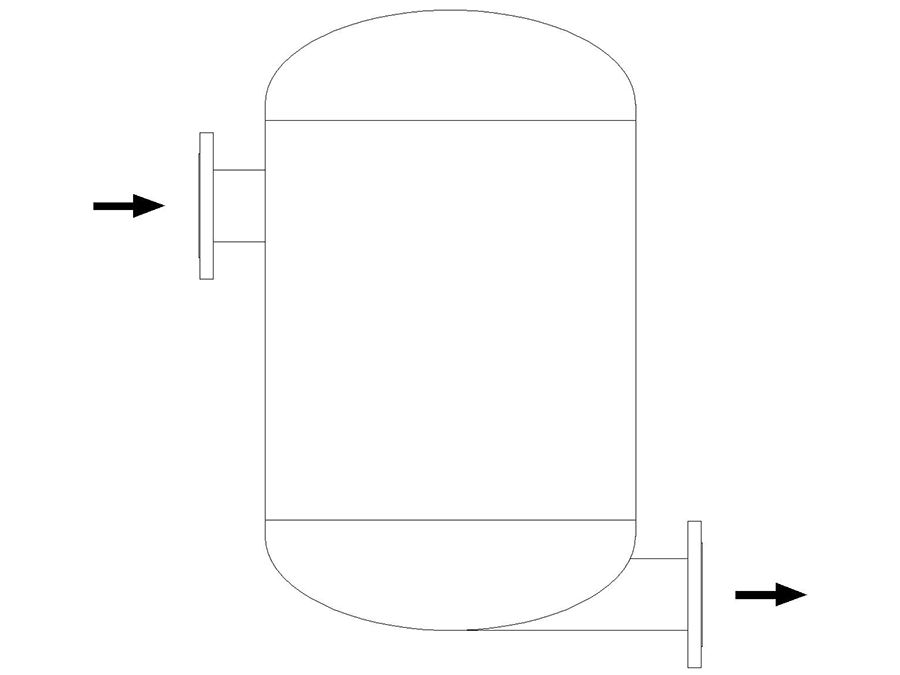
INLINE: Side-in & Tangential-Out
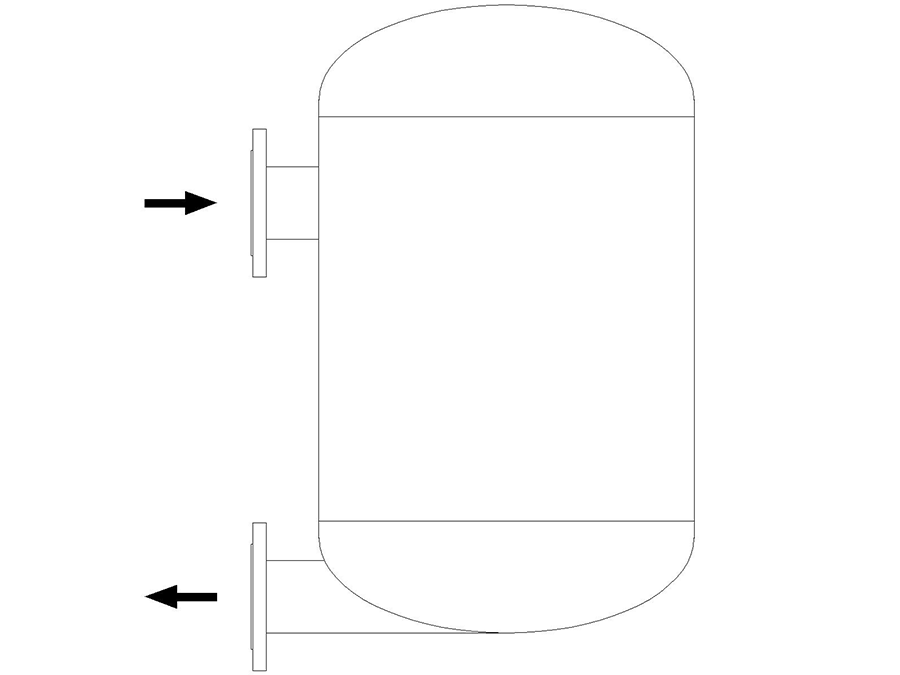
LOOP: Side-in & Tangential-Out
H3: Pressure and Temperatures
H4: What are the Key Pressure Considerations for Bag Vessels?

Max Allowable Working Pressure (MAWP) is the maximum pressure level to which the equipment can be exposed. Design Pressure (DP) is the highest pressure level it should be exposed to under normal operating conditions.
Design Pressure (DP) is very close to MAWP. The Max Operating Pressure (MOP) is 75% of the DP. This means the maximum continuous pressure the filter can withstand must not exceed the MOP. The Operating Pressure (OP) is the pressure at which the filter can function properly, and it must not be less than 2 bar to ensure that the liquid is transported effectively into the filter.
For customized requirements, you need to provide the Max Operating Pressure (MOP), and Seadon can tailor the design accordingly.
H4: What are the Key Temperature Considerations for Bag Vessels?

Design Temperature (DT) refers to the maximum theoretical temperature that the filter vessel can withstand. The Max Operating Temperature (MOT) is the temperature the filter vessel can endure under continuous operation, typically set at 70% of the DT.
If there are customized temperature requirements, you can provide the Max Operating Temperature (MOT), and a customized design can be developed accordingly.
Resources
Contact
- No.423 Fumin RD, Dongzhou, Fuyang, Hangzhou, ZJ, 311401 China
- +86 153 9423 8672
- info@seadonfiltration.com
© 2024 Seadon Filtration, All Rights Reserved.

